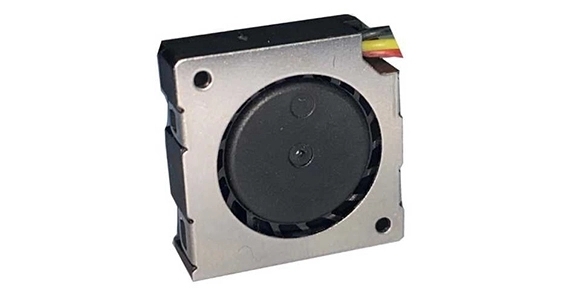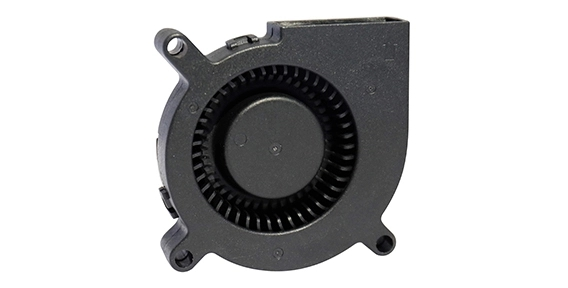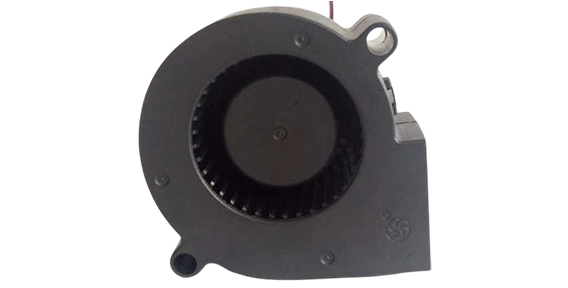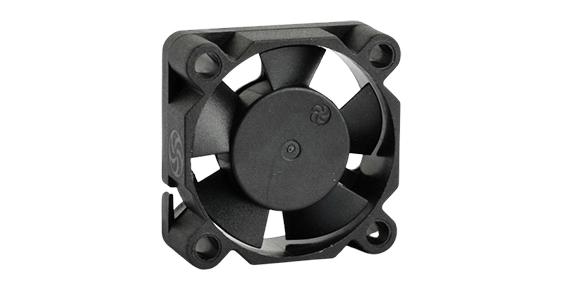DC blower fans are an essential component in various industries, including automotive and electronics. These fans play a crucial role in ensuring efficient cooling and ventilation. However, when it comes to selecting the right DC blower fan, businesses often face the challenge of balancing cost-efficiency and performance. This article explores how manufacturers can strike a balance between affordability and quality in DC blower fans.
Understanding the Key Indicators of DC Blower Fan Efficiency
Efficiency is a critical factor to consider when choosing a DC blower fan. The efficiency of a fan determines how effectively it converts electrical energy into mechanical energy, resulting in optimum ventilation and airflow. To gauge the efficiency of a DC blower fan, two essential indicators must be considered: airflow and static pressure.
Airflow refers to the volume of air that the fan can move within a specific time frame. It is crucial to consider the required airflow for the specific application to ensure proper cooling or ventilation. Static pressure, on the other hand, measures the resistance the fan can overcome while pushing air through a system. A high static pressure ensures the fan can perform optimally even in environments with a high level of resistance, such as ducts or filters.

Technological Innovations of DC Blower Fans
Manufacturers have been continually improving the design and performance of axial cooling fan through technological innovations. Some of the key innovations include:
Brushless DC Motors
Traditional DC blower fans often required brushes and commutators, which were prone to wear and tear, resulting in reduced performance and increased maintenance. Brushless DC motors eliminate the need for brushes, providing improved efficiency, reliability, and longevity.
Variable Speed Control
DC blower fans equipped with variable speed control allow users to adjust the fan speed according to their specific requirements. This feature enables users to balance energy consumption and performance, further contributing to cost-efficiency.
Enhanced Fan Blades Design
Improved fan blade design, such as curved or aerodynamic blades, enhances the fan's ability to move air efficiently, resulting in higher airflow with reduced noise levels.

Calculating the True Cost of Ownership for DC Blower Fans
When it comes to evaluating the cost-effectiveness of DC blower fans, it is essential to consider the true cost of ownership rather than just the initial purchase price. The true cost of ownership includes factors such as energy consumption, maintenance, and potential downtime.
Energy consumption plays a significant role in the operational cost of DC blower fans. Selecting energy-efficient fans can result in long-term cost savings. Additionally, considering the maintenance requirements and the frequency of replacements can help determine the overall cost of ownership. Investing in high-quality DC blower fans can reduce maintenance costs and minimize downtime, ultimately improving the overall cost-effectiveness.
Balancing cost-efficiency and performance is crucial when selecting DC blower fans. By understanding the key indicators of efficiency, considering technological innovations, and evaluating the true cost of ownership, businesses can make informed decisions. Brands like Xie Heng Da specialize in providing high-quality DC blower fans that strike the right balance between affordability and performance, ensuring optimal airflow and ventilation in various applications.

 EN
EN 

 +
+
 +
+
 +
+



